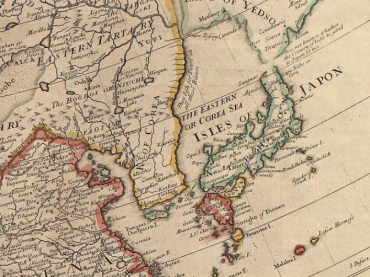
With consumption of seafood per capita reaching 60kg in 2016, the world’s highest, and expected to continue growing, the MOF will look to introduce concrete measures to avoid ensure food safety. (Image: Yonhap)
SEOUL, Jan. 23 (Korea Bizwire) — Implementing a seafood traceability scheme, regulating fish farm antibiotic use and setting industry wide standards for aquaculture are some of the tenets of the government’s plan for South Korea’s seafood industry in 2018.
Officials from the Ministry of Oceans and Fisheries (MOF) on January 23 presented the details of their plan pertaining to consumer safety to prime minister Lee Nak-yeon.
With consumption of seafood per capita reaching 60kg in 2016, the world’s highest, and expected to continue growing, the MOF will look to introduce concrete measures to ensure food safety.
One of the first steps is a seafood traceability system that will provide at a glance a product’s entire distribution history. At an unspecified date through the first half of the year, the MOF will draft a mid- and long-term framework that will be trialed on specially selected seafood categories sold at big box retailers starting sometime between July and December.

Radiation screenings will be expanded for Alaska Pollack and Pacific Saury, two categories that feature prominently on South Korean dinner tables, and imports will be more closely watched and their origins verified. (Image: National Institute of Fisheries Science)
A voluntary traceability system for seafood currently exists, but participation has remained low. That is slated to change with the MOF expected to require industry players to register with the program.
Aquaculture featured prominently in the MOF’s presentation to the prime minister.
To ensure aquaculturists abide by existing rules and regulations governing the administering of aquaculture drugs, inspectors will make periodic and random visits to fish farms. Businesses found in violation will face a 30-day ban on product distribution for a first-time infraction, and a cancellation of their business license for a second bout of rule-breaking.

The MOF’s forecast for aquaculture includes the establishment of an experimental eco-friendly “smart” fish farm that replaces antibiotics, R&D into high-quality feed that prevents disease outbreaks, and the crafting and enforcement of universal aquaculture standards and guidelines. (Image: Yonhap)
The MOF’s forecast for aquaculture includes the establishment of an experimental eco-friendly “smart” fish farm that keeps the animals healthy without the use of antibiotics, R&D into high-quality feed that prevents disease outbreaks, and the crafting and enforcement of universal aquaculture standards and guidelines.
Radiation screenings will be expanded for Alaska Pollack and Pacific Saury, two categories that feature prominently on South Korean dinner tables, and imports will be more closely watched and their origins verified.
Kevin Lee (kevinlee@koreabizwire.com)






